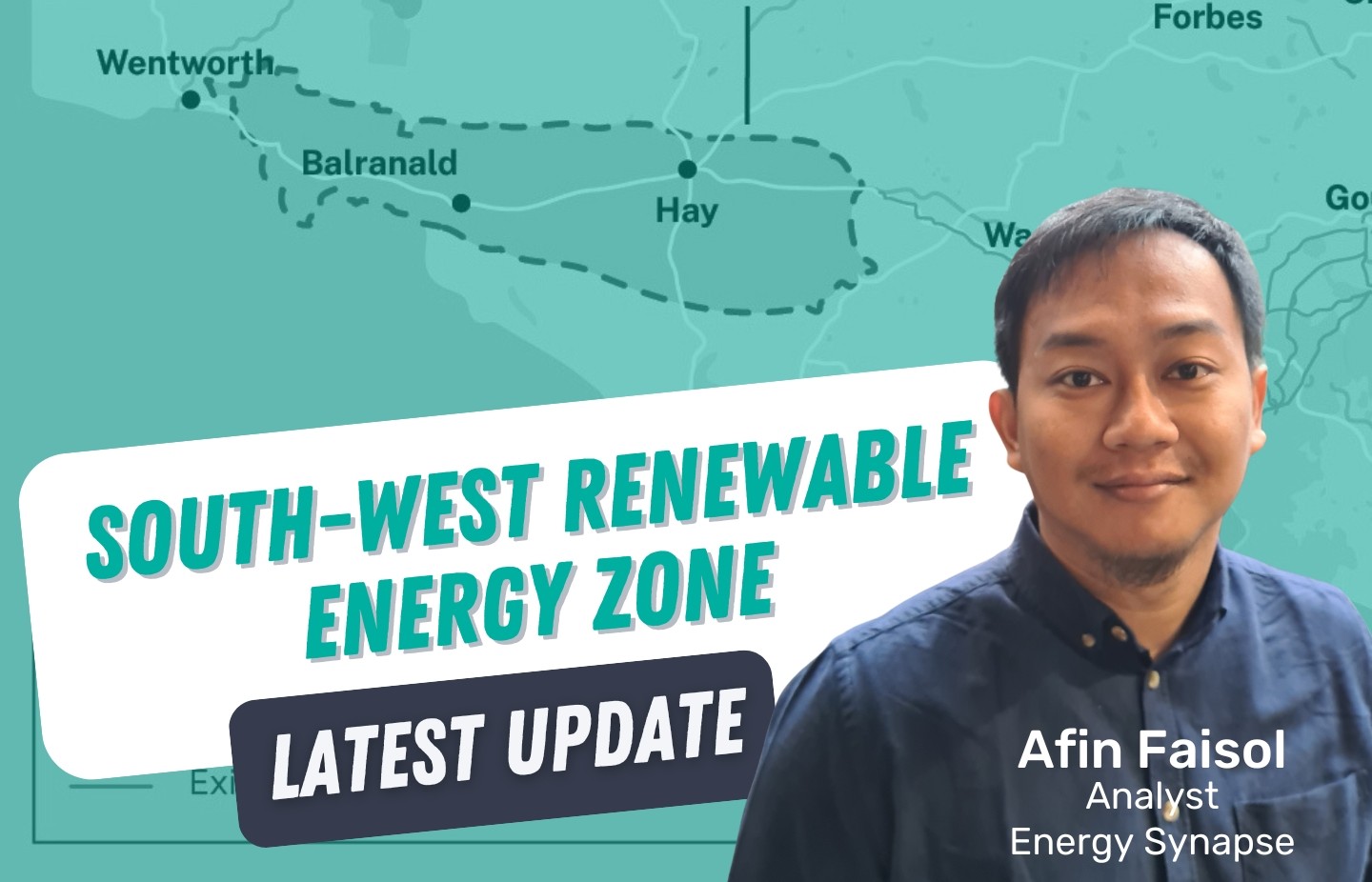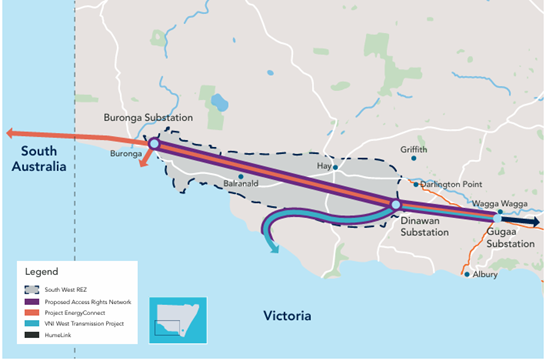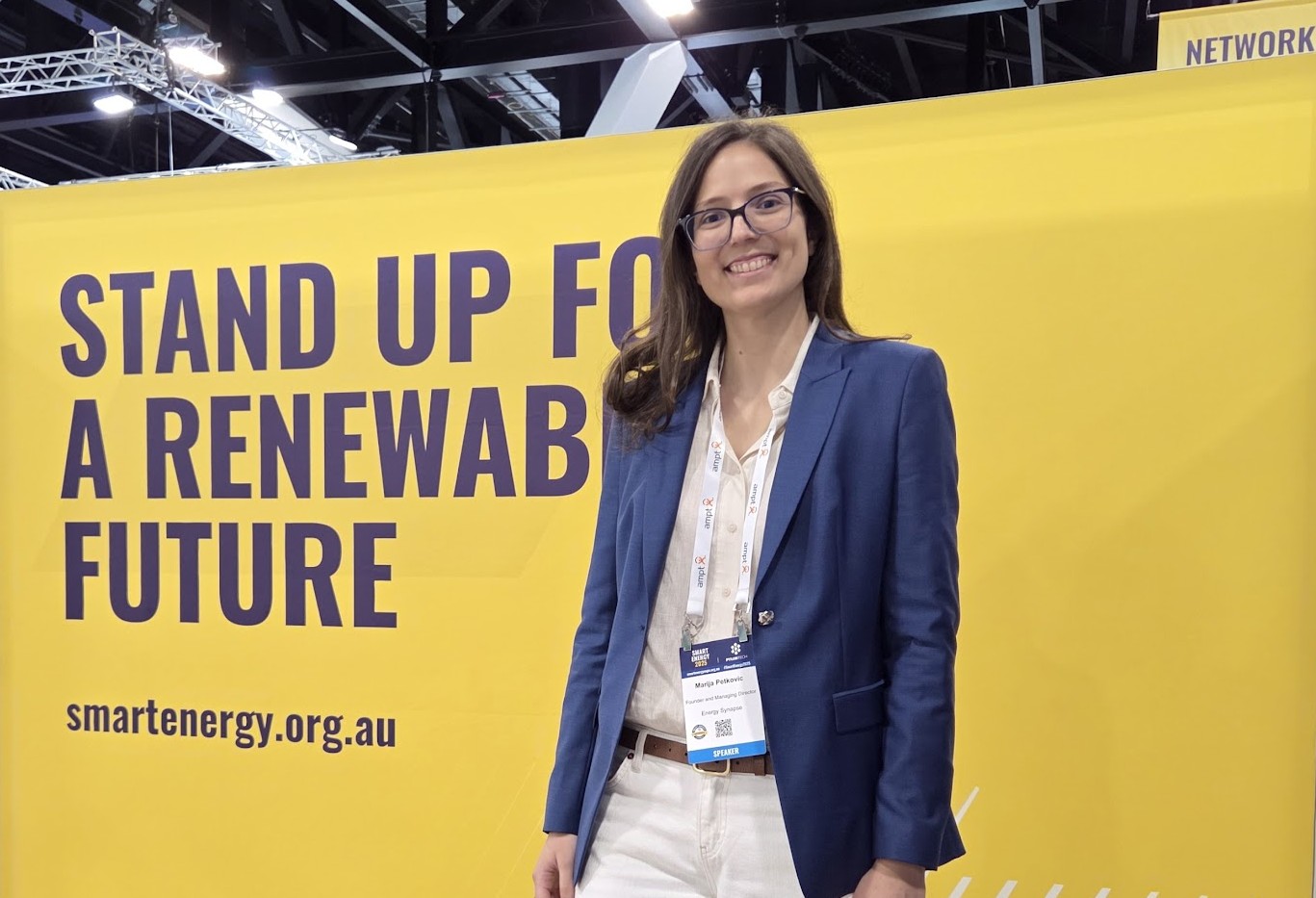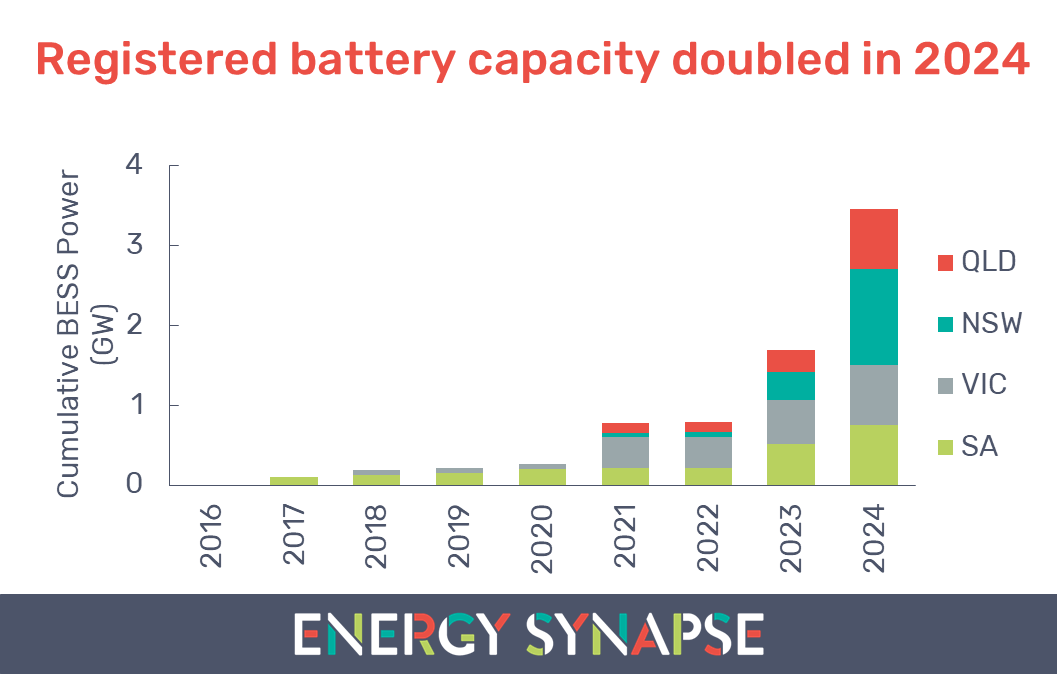A divided path: Connecting to renewable energy zone (REZ) or existing grid
April 24, 2025

The primary goal of Renewable Energy Zone (REZ) development is to coordinate renewable energy projects, particularly wind, solar, and hybrid projects, within specific locations. This ensures efficient electricity generation, transmission, and storage while optimising the network augmentations required to support power transmission.
Since the NSW Government’s first declaration of the Central-West Orana Renewable Energy Zone (REZ) in 2020—followed by the formal establishment of the Central-West Orana REZ Access Scheme in December 2022—many other REZs have been developed across NSW and Australia.
The South-West REZ is one of five major REZs established by the NSW Government. Stretching from Darlington Point in the east to Red Cliffs in the west, this region boasts abundant solar and wind resources. However, data from the Energy Synapse Platform indicates that the area currently suffers from poor marginal loss factors (MLF) as well as high levels of curtailment due to network constraints.
Several new transmission projects are being developed in the region, including Project EnergyConnect, which is currently under construction, and VNI West, which remains in the planning phase. EnergyConnect is projected to be completed by 2027, while VNI West is anticipated to be fully operational by 2030 under the Step Change scenario. These projects are expected to significantly enhance network capacity in the area.

Tender results announced for South-west Renewable Energy Zone Access Rights
AEMO Services, appointed by the NSW Government, launched the South-West REZ Access Rights tender in May 2024. Securing an Access Right is an essential step in being able to connect to a REZ and is awarded based on a competitive multistage merit assessment, which considers both project and financial value criteria.
The results of the South-west REZ Access Rights tender were finally announced on 23 April 2025. 3.56 GW of combined capacity was awarded across four projects:




One of the biggest advantages for developers connecting to a REZ is greater curtailment certainty. For example, the South-west REZ has a 3.86% Target Transmission Curtailment Level (TTCL) as stated in the tender guidelines. As a result, many renewable energy developers are eager to secure Access Rights to REZs. Our research indicates there are at least 28 projects located within the South-West REZ area with a total capacity of about 15 GW. Most of this capacity has missed out on securing an Access Right. This highlights a key risk for companies who are developing projects in REZs.
Many other REZs remain in the pipeline, with numerous renewable energy developers still awaiting connection opportunities. Project developers now face a divided path—either waiting for future REZ tenders, which depend heavily on transmission network augmentations, or advancing their projects by seeking opportunities elsewhere, in the increasingly limited existing network capacity.
The Energy Synapse Platform is widely used by utility-scale project developers and investors in the electricity sector to understand the locational value of wind, solar, battery, and pumped hydro projects across the National Electricity Market (NEM). This includes insights on marginal loss factors, capacity factors, revenue, and curtailment—key considerations for project developers as the market matures and integrates increasing volumes of renewable energy generation. Request a demo.
Author: Mohamad Afin Faisol, Analyst at Energy Synapse.

